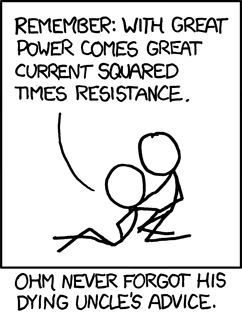The short answer is that you need to determine the phase angle of your currents and then use vector addition to find the sum. The reason that the values are not simply additive is that they are not in phase.
Consider the example of a 120/240V single phase MWBC with AN of 10A and A'N of 8A; the current on the neutral is only 2A. In the 3 phase case that you are considering the phase difference is only 60 degrees (assuming all loads have the same power factor) so the 'phase difference cancellation effect' is much smaller, but it is still there.
The long answer is quite lecture.
You have a bunch of assumptions hidden in your question. For example, you give a single value for each of the single phase load currents. But this is an _AC_ circuit; the current is constantly changing. So when you give a single number what you are doing is representing this constantly changing value with some sort of average, in particular the RMS average.
The _instantaneous_ current at any point always combines by simple addition, at least neglecting any effects associated with RF emission. So all the formulas that you come across will be various ways of approximating doing the instantaneous sums and then calculating the RMS of the result.
For example, if you assume that all of the currents are pure 60Hz sine waves, then it turns out you can represent each current by a vector, an arrow where the length is proportional to the RMS value and the direction represents the phase angle. Vector addition is visually simply putting these arrows in line head of one to the tail of the next. The resulting 'sum' vector represents the RMS of the currents added together. This only works for sine waves all of the same frequency.
Back to your original question, if you _assume_ that all of your loads are linear and that the phase angle of the currents is set by the phase angle of the voltage, you can very quickly get your answer. But depending on how accurate you need to be, these assumptions might not hold.
The first basic assumption to check is the phase angle, which might be described by the 'displacement power factor'. If your AB load is a resistive heater, and your AC load is a motor, then the phase angles will be different from what you expect and the sum current different.
The next basic assumption to check is 'pure sine wave'. If your loads are not linear, the current will be distorted and not a sine wave, in which case the vector addition technique does not work. However it can be saved by doing 'harmonic analysis' and then using a separate vector calculation for each harmonic.
In general you don't have to worry about the 'same frequency' issue for power distribution (except for harmonics) since it is very uncommon for different branches of a feeder to operate at different frequencies

-Jon
The vector addition trick only works for pure sine waves of the same frequency.
Once your currents don't have a nice sine form, you can't use simple vector addition to add them up. But before you




